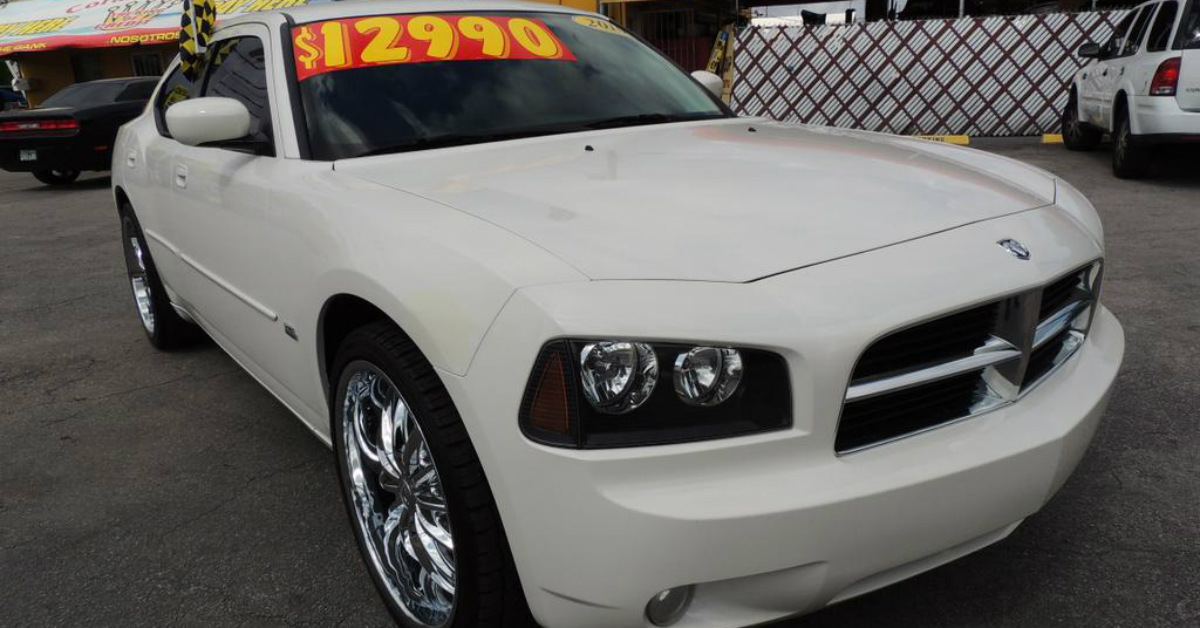There is a shift happening in the automotive industry. It’s been happening for a while and the majority of consumers have no idea. A good chunk of the used cars sold by dealers are priced based upon the market rather than the value.
This might sound like something that has been going on since the first used car lots opened. Intuitive, we’d like to believe that the market has always driven pricing, but it’s different now. The purchasing data compiled from various sources is often plugged into software that generates the prices that dealers advertise. Is this a good thing or a bad thing?
Let’s take a look at both sides of the coin…
For Car Buyers
When it comes to being the consumer, this type of pricing automation is either good or bad, depending on the vehicle in question. First, let’s get an understanding of how it works.
Cars within a given market are sold. This information is sent to companies that compile the data and average it out to determine what the market value is for that particular vehicle. It takes into account miles, trim, level, and other factors to move the recommended market value up or down. Then, dealers use software to automatically price their cars based upon this market value. This is why you’ll see the same types of cars on the various classified sites listing them with very similar prices. It isn’t that the dealers are meeting to determine a value. They’re being told what the market can stand for their individual vehicles.
If enough dealers start selling a certain type of vehicle for less than the market value, then the market value goes down. If they sell it for more, the market goes up.
With that understanding, there are two factors that determine whether this is a good thing or a bad thing for consumers. First, the individual vehicles perform differently at different times. This is where supply and demand comes into effect. If there are fewer cars, the market value will hold. If there are more available, they’ll sell for less.
The other factor is the economic condition of the industry and the country. In good times, such as now, the market values are more likely to hold. Dealers are selling more cars today than they have been in the last 5 years, so they’re more likely to hold gross profits.
For Dealers
This is really a one-sided argument. The only valid argument for price automation, in our opinion, is that it’s easier to set it and forget it. That’s not to say that market values shouldn’t be considered when pricing vehicles, but it does one thing that many dealers don’t consider: it makes you like everyone else.
It would be one thing if the software was used by a small percentage of dealers in the market, but the majority of dealers are utilizing the same pricing automation strategy in any given area. This makes for a lot of parody in a realm that doesn’t need it.
It’s in the best interests of serving your customers and selling more cars to price your vehicles based upon all of the factors that we have available. Market value brings everyone together. It doesn’t price the vehicle based upon what it’s truly worth. In some cases, the market is too high. In others, the market is too low. Dealers who are maximizing their sales are doing so through manual pricing controls rather than automation. That’s not to say that dealers shouldn’t use tools, but those tools should be used to make the manual pricing of vehicles easier rather than doing the pricing for them.
Those who handle pricing on cars have probably been doing this for a while. Yes, it’s definitely easier to let the market determine the price, but it’s not a perfect system. Take advantage of pricing tools that make sense rather than pricing tools that cost you money and lost sales.
This post may contain affiliate links. Meaning a commission is given should you decide to make a purchase through these links, at no cost to you. All products shown are researched and tested to give an accurate review for you.

